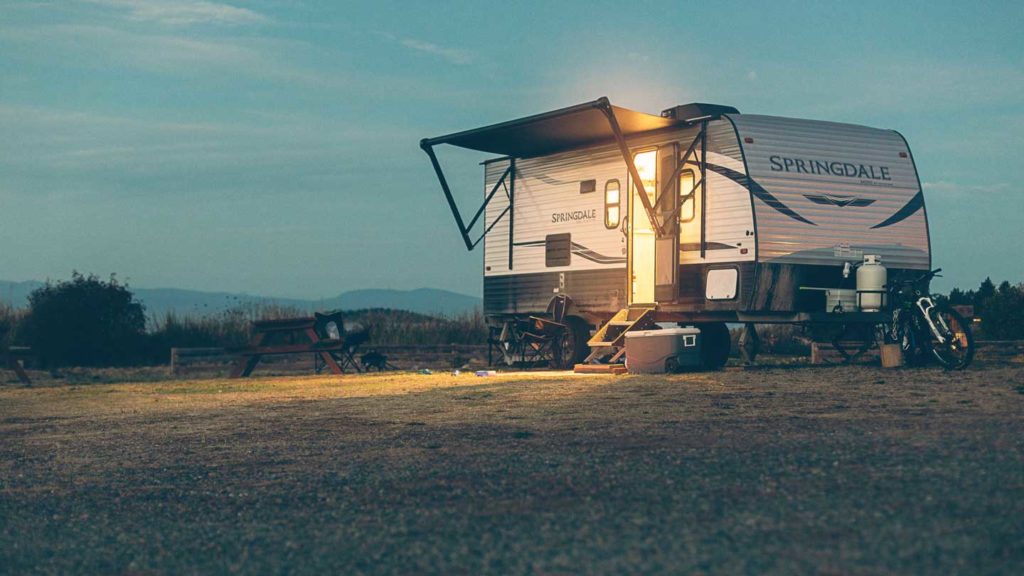Despite having built to be permanent buildings, Mobile homes must anchor to withstand heavy winds. This has known as tying down a mobile home.
And it’s a simple technique to ensure your safety inside your mobile home. Follow the instructions outlined below. Therefore, before you look for construction office trailers, let’s know the instructions.
Choose the Tie-Down Method to Apply
Old mobile homes need “over-the-top” tie-downs that span the whole building. On the other hand, new mobile homes come with pre-installed straps that run beneath the home’s external siding or metal roof.
So, the sole distinction between the two is one of appearance. However, if your property lacks pre-existing tie-downs, you must choose the extravagant variety.
Choose which anchors to apply
There are several types of anchors available. And the one you pick will determine by the characteristics of the place where you wish to tie it down. Common anchors include:
- Hole anchors: Auger anchors, usually composed of steel, have threads and are screwed into the earth. They work well on both hard and soft soils.
- Driving anchors: Used when the mobile home is placed on a concrete slab. They function similarly to auger anchors. They’re except that they are meant to drive through concrete.
- Heavy rock anchors: As the name implies, these have used to secure mobile homes that have placed on top of rigid rock foundations.
Determine the Number of Tie-Downs to Apply
Nothing is such thing as having too many tie-downs. The more you have, the safe your property will be. However, there are some minimums you must bear in mind based on where you set up and the specs of your mobile home.
So, check your owner’s manual and enquire about local requirements to see how many tie-downs your mobile home requires.
Install the Tie-Downs
Once you’ve determined the method, kind, and quantity of tie-downs you’ll employ, it’s time to install the anchors and secure your mobile home.
- Check that your house is level. Take the following steps:
- Label wires/cables. Be sure you know the location of all your sewage, power, cable, and phone lines so that you do not set an anchor on top of them.
- Set up the tie-downs. On a roof rafter, over-the-top tie-downs must fit.
- Strong anchors.
- Attach and modify tie-downs. Be sure to adjust tie-downs gradually and side to side.
Don’t tighten one side, then the other, since this might put undue strain on your mobile home. You’ve officially secured your mobile home. So, you may now enjoy it knowing that you’ll be safe and protect regardless of the weather.
The Bottom Line
Have you seen any minor fractures around the windows or on the walls? Your mobile home is most likely no longer level if this is happening. There might be several reasons for this. Also, if you want to buy or rent a modular building, you can Google “modular building in New York”.
So, weather, soil movement, and time (your mobile home supports might sink unevenly into the ground) can all cause your mobile home to sway. And don’t concern. It’s a simple repair. To block-level, your mobile home, follow these instructions.


